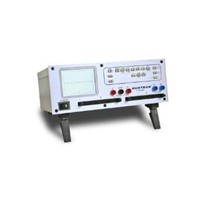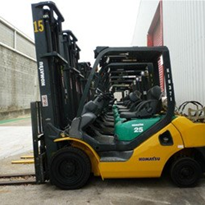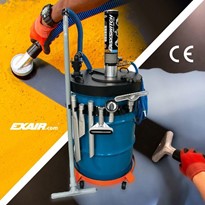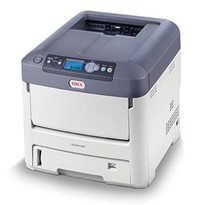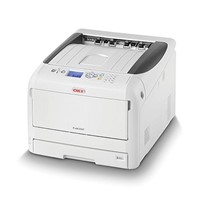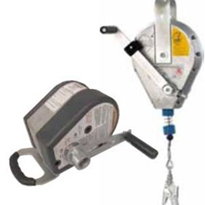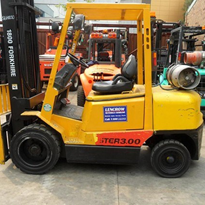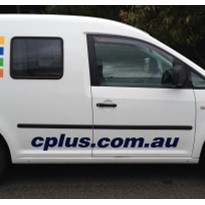There's no end in sight for printed documents, and devices such as modern multifunction printers (MFPs) bring efficiency and time savings to workflows by automating tedious manual tasks such as collating, hole-punching, and folding. While there's no doubting the benefits these devices add to the workplace, there does remain one big question surrounding printers: should you buy or lease your next printer? There's no right or wrong answer to this question; which option makes more sense for your company comes down to several factors.
BUYING A NEW PRINTER
Purchasing a new printer outright requires a significant capital investment upfront that many small businesses are not in a position to make. However, by doing so, you'll realise lower yearly costs compared to leasing when you factor in interest and finance charges and be free of debt and monthly lease payments. These factors make purchasing a printer a solid long-term investment. In addition, you can sell the printer when you decide to upgrade and recoup some of your original expenditure. That said when you own a printer, any maintenance issues are your responsibility unless you have a warranty or sign up for a maintenance plan upon purchase.
LEASING A PRINTER
Many small to medium-sized businesses (SMB) opt instead to lease their office printer because of the low up-front costs. They may lack the capital or credit history to purchase a printer. Still, a printer lease enables them to access these devices at an affordable monthly rate that provides cash flow flexibility. Printer leasing also eliminates service hassles, as the maintenance of your device will be the lessor's responsibility. Leasing also prevents you from being stuck with outdated technology or a device that no longer meets your needs. Once your printer lease is up, upgrade to a newer model or one that is better suited to handle your workflows.


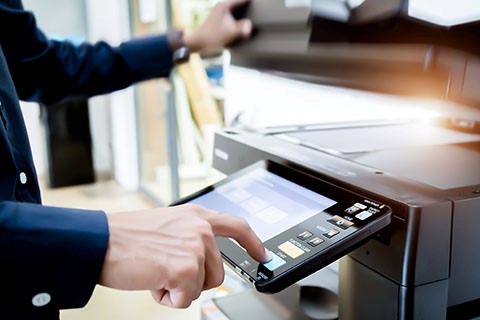
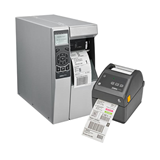


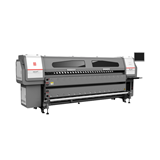
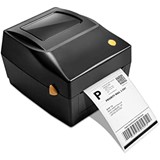

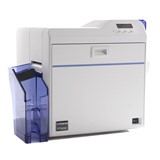
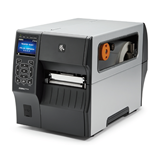
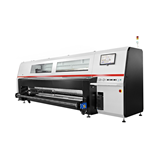

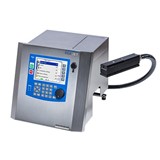
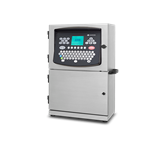
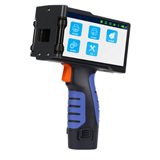
-205x205.jpg)
